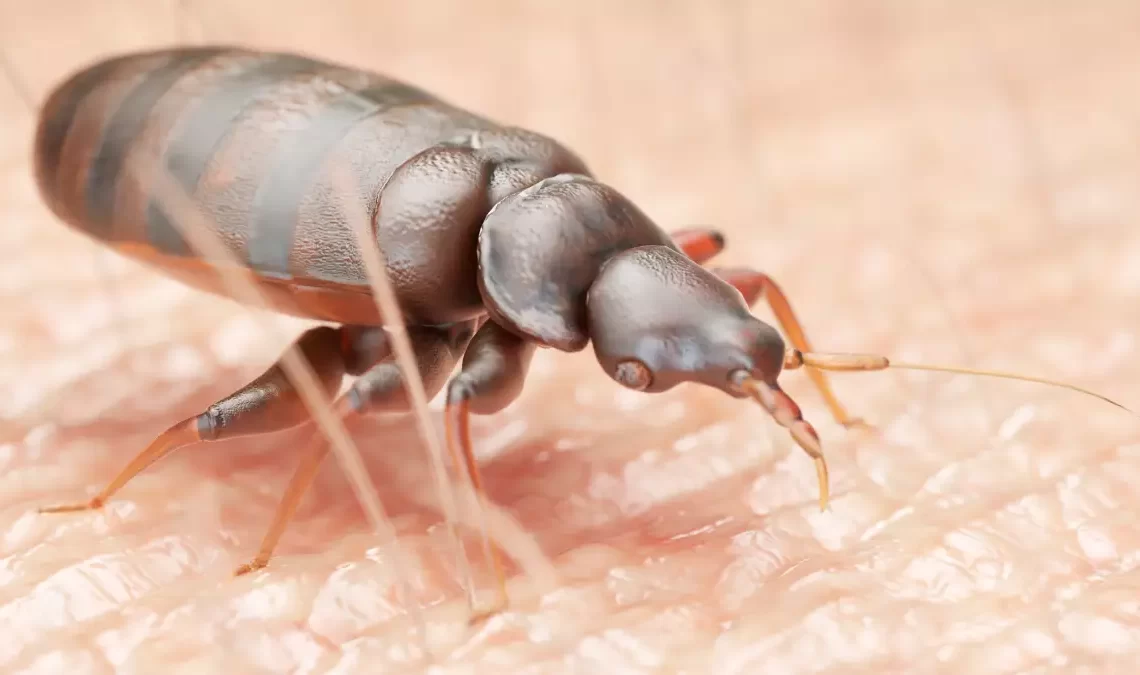Pests that invade homes may not appear in plain sight right away. They prefer tucked-away areas where they can go unnoticed for a long time. Homeowners may be shocked at the spots where pests set up their nests. Those who understand where these unwanted guests hide can prevent an infestation from happening and treat active ones. Homeowners can reach out to Pointe Pest Control help them handle an existing pest issue and take measures to prevent it from recurring. The company is led by experienced professionals who understand the habits of local insects and rodents. The company offers long-term solutions rather than quick fixes. Professional pest treatment may include finding pests in the following areas:
Inside Walls and Attics
Ants, termites, and rodents use small openings to travel through the structure. Attics are another pest favorite because it is warm, quiet, and full of insulation. This makes them the perfect space for mice and squirrels to nest. Homeowners in St. Louis may discover the issue only when scratching noises become impossible to ignore.
Basements and Crawl Spaces
Basements and crawl spaces attract pests due to their damp, dark conditions. Spiders, centipedes, and rodents thrive in these areas where moisture builds up. Cardboard boxes, stored fabrics, or old furniture add more shelter. A damp crawl space with little airflow can turn into a hub for pest activity.
Kitchens and Pantries
Food storage areas are prime targets for pests. Roaches, ants, and rodents follow crumbs, spills, and poorly sealed packaging. Pantry shelves and the small gap under appliances provide perfect hiding locations.
Bathrooms and Laundry Rooms
Moisture is a magnet for pests. Bathrooms and laundry rooms offer water sources that pests need to survive. Drain flies, silverfish, and cockroaches are commonly found in these spaces. Small cracks around pipes or gaps near baseboards give them easy access.
Garages and Storage Areas
Garages serve as storage spaces for boxes, tools, and seasonal items. Pests take advantage of clutter to stay hidden. Insects and rodents in St. Louis can live in cardboard boxes, piles of papers, and garden supplies.
Closets and Furniture
Clothes moths, carpet beetles, and roaches find their way into dark corners among stored clothing or fabrics. Upholstered furniture also hides pests. Bed bugs and fleas often hide in seams and cushions, waiting until nighttime to emerge.
Outdoor Entry Points
Pests in St. Louis may start an infestation outdoors and then use small entryways to move in. Gaps near doors, vents, and utility lines are favorite access points. Regular inspections of a home’s exterior help reduce the risk of pests finding new pathways indoors.
Older Homes and Unique Structures
Many houses in this city are historic with brick exteriors, limestone foundations, and aging woodwork. These structures contain gaps, cracks, and crevices that pests use as entryways. Termites, for example, thrive in older wooden beams. Rats and mice squeeze through gaps in brickwork that homeowners may not notice.
Outdoor Hiding Spots Around the Yard
Firewood piles, mulch beds, and dense shrubs provide shelter for ants, spiders, and rodents. Bird feeders and outdoor pet food also attract unwanted guests. St. Louis pests can easily find ways inside when the season changes when they have established themselves outdoors.
HVAC Systems and Vents
Heating and cooling systems provide pests with hidden routes throughout a home. Small insects crawl through ductwork. Rodents may nest near warm furnace areas or inside insulation around vents. These spaces are often dark and undisturbed, making them ideal for pests to stay unnoticed. Homeowners might notice droppings near vents, unusual odors, or reduced air quality when pests have taken over. Regular inspections of HVAC systems and proper sealing of vents help stop pests from turning these areas into safe havens.

